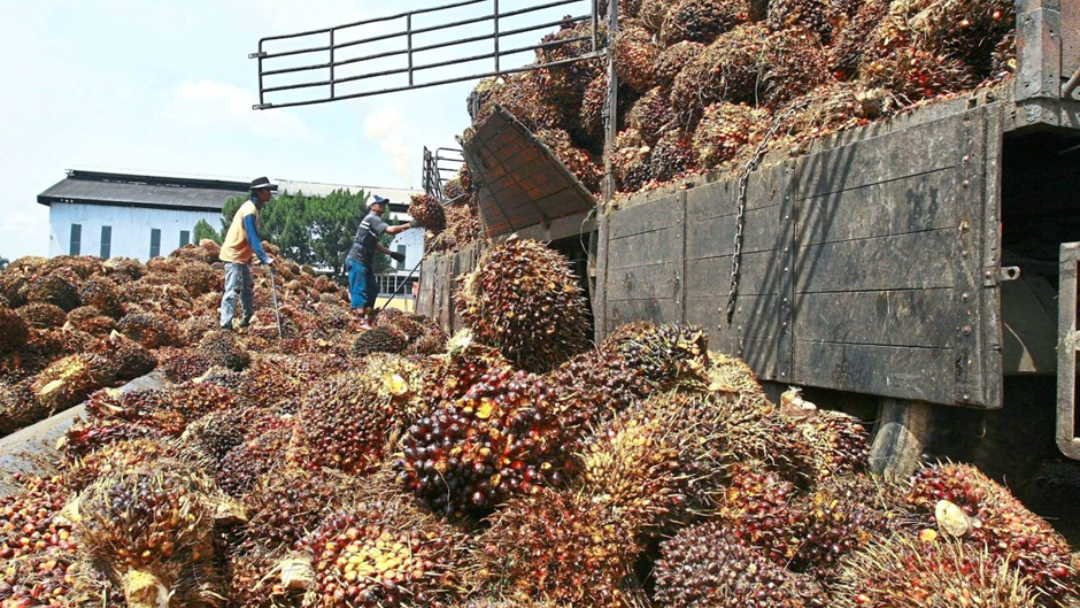IN a world standing at the precipice of environmental catastrophe, the clarion call for sustainable practices and resource efficiency has never been louder.
The circular economy, which champions waste reduction and resource optimisation, is rapidly emerging as a powerful tool in this quest.
This article is written for two specific reasons, namely as the National Energy Transition Roadmap (NETR) has identified bioenergy as a catalyst in the six energy transition levers and the ongoing Malaysian Palm Oil Board (MPOB) conference PIPOC 2023 aptly themed, “Navigating Uncertainties, Building Resilience” from Nov 7 to Nov 9, 2023.
At the forefront of this change are three unlikely heroes: Palm Oil Mill Effluent (Pome), Renewable Energy Certificates (RECs), and the elusive Scope 2 of Scope 3 emissions.
These elements, previously marred by environmental controversies, are now poised in reshaping the future of business and sustainability in Malaysia.
Numbers tell the story best. Malaysia, one of the world’s largest palm oil producers, churns out millions of tonnes of Pome annually. By turning this waste into biogas, we’re not only abating carbon emissions but also creating a substantial source for renewable energy.
Pome’s astonishing transformation
Pome, typically seen as a liability, has undergone a miraculous evolution in the heart of palm oil production.
Pome, once an environmental challenge, has been re-imagined as a source of clean and renewable energy. Through a state-of-the-art process known as anaerobic digestion, it’s now converted into biogas.
This biogas is not just any fuel; it’s a game-changer that powers palm oil mills, neighbouring communities, and even contributes surplus energy to the grid.
The upshot? A significant reduction in the industry’s reliance on fossil fuels and a substantial cut in greenhouse gas emissions, including Scope 2 and Scope 3 upstream emissions for the manufacturers using palm oil.
From waste to fertiliser
But the story of Pome doesn’t end with clean energy production.
This waste product has found a new purpose as a valuable resource. The organic content within Pome has been transformed into a nutrient-rich fertiliser, revolutionising sustainable agriculture.
Not only does this approach reduce the need for chemical fertilisers, but it also presents a responsible solution in reducing waste and environmental impact, further impacting Scope 3 emissions.
By ensuring that Pome is transformed into biogas, manufacturers indirectly address the Scope 2 of Scope 3 emissions associated with their palm oil supply chain. While the emissions from Pome are not directly offsetted by the RECs, the act of transforming Pome into biogas mitigates these emissions at the source.
The fast rising value of RECs
In the world of sustainability, RECs have emerged as the new currency. The energy generated from Pome isn’t just a boon for communities; it also earns RECs, a valuable commodity that these mills produce that can be used to address Scope 2 carbon emission of these manufacturers to meet their sustainability goals.
The result? A fresh revenue stream for palm oil producers and a strong incentive for cleaner energy production, significantly reducing Scope 2 of Scope 3 upstream emissions in the value chain. The term Scope 2 of Scope 3 is specifically mentioned in this article here as it highlights the interconnected nature of the different emissions scopes and the comprehensive strategies required to manage them effectively.
A circular supply chain
The circular economy is not just another buzzword; it’s a new way of doing business. It’s about resource efficiency, waste reduction, and environmental preservation.
Malaysia’s palm oil industry, now embracing this revolutionary framework, is not only reducing its environmental footprint but is also fostering a more efficient and responsible supply chain, which has a profound impact on Scope 2 and Scope 3 emissions.
This setup demonstrates a circular approach because a waste product (Pome) from palm oil production – which is a raw material for the manufacturers – is being utilised to produce renewable energy.
Instead of the Pome becoming a source of greenhouse gas emissions, its energy potential is harnessed, turning a negative environmental impact into a positive one.
Manufacturers, by buying RECs from this biogas, are supporting a system that valorises waste from their own supply chain, effectively “closing the loop” in a manner consistent with circular economy principles.
Empowering communities
In this new paradigm, the circular economy isn’t just a concept; it’s a driver of social and economic progress.
It supports community development, creates jobs in the renewable energy sector, and reduces the environmental burden on local communities affected by Pome pollution, consequently reducing Scope 2 and Scope 3 emissions. It’s not just about profits; it’s about promoting well-being and levelling the playing field.
The integration of Pome, RECs, and the conscious reduction of Scope 2 of Scope 3 emissions into a circular economy model is transformational. By rethinking waste management, the palm oil industry is moving towards sustainability.
The generation of renewable energy, the trading of RECs, and a concerted effort to reduce Scope 2 of Scope 3 emissions are, at their core, strategies to reduce carbon emissions and transition to cleaner energy sources.
This circular economy approach aligns with the United Nations sustainable development goals and opens the path to achieving them. It embodies responsible waste management, green energy generation, and a steadfast focus on improving social and environmental well-being, along with a conscientious reduction in Scope 2 of Scope 3 emissions.
The circular economy isn’t just about reducing our carbon footprint; it’s also an economic catalyst. Biogas plants create jobs, attract investments and foster innovation in clean energy technologies. It’s not just good for the environment; it’s good for business too.
In a world where sustainability is no longer an option but an imperative, this initiative shines as a beacon of hope. It represents a proactive and comprehensive approach that aligns with carbon neutrality goals and the broader principles of the circular economy.
Companies are no longer bystanders; they’re trailblazers in tackling the multifaceted challenges within their supply chains.
The future is crystal clear: it’s green, it’s circular and it’s powered by the transformation of what was once considered waste into a renewable treasure. Malaysia’s palm oil industry is on the cusp of a new era where sustainability is more than just a goal; it’s an exciting and rewarding journey. Critics may question the compatibility of palm oil and sustainability, but the evidence shows that transformation is not just possible; it’s happening.
By adopting a circular approach, these elements realise their full potential for the greater good. It’s about addressing the environmental concerns, promoting social equity and driving economic growth, all while making a considerable impact on carbon emissions.
It’s time for Malaysian businesses to shift their perspective from challenges to opportunities within the circular economy, illustrating that visionary thinking, responsible practices and global cooperation can turn challenges into triumphs for all.
In essence, this scenario reflects a proactive and integrated approach to sustainability, aligning with both carbon neutrality goals and broader circular economy principles.
Manufacturers are not just passively accepting the environmental ramifications of their supply chains; they are actively investing in solutions that mitigate these impacts.
This is the narrative of a brighter, cleaner and more sustainable future for Malaysia, where waste becomes wealth, and the power is in the hands of businesses forging a sustainable path forward while curbing Scope 2 and Scope 3 emissions.
Nirinder Singh Johl is the founder and CEO of Asia Carbonx Change Plt. He was formerly the managing director of TNBX, a subsidiary of Tenaga Nasional Bhd. The views expressed here are the writer’s own.
This article was originally published in The Star on 7th November 2023. You can visit the article here.



